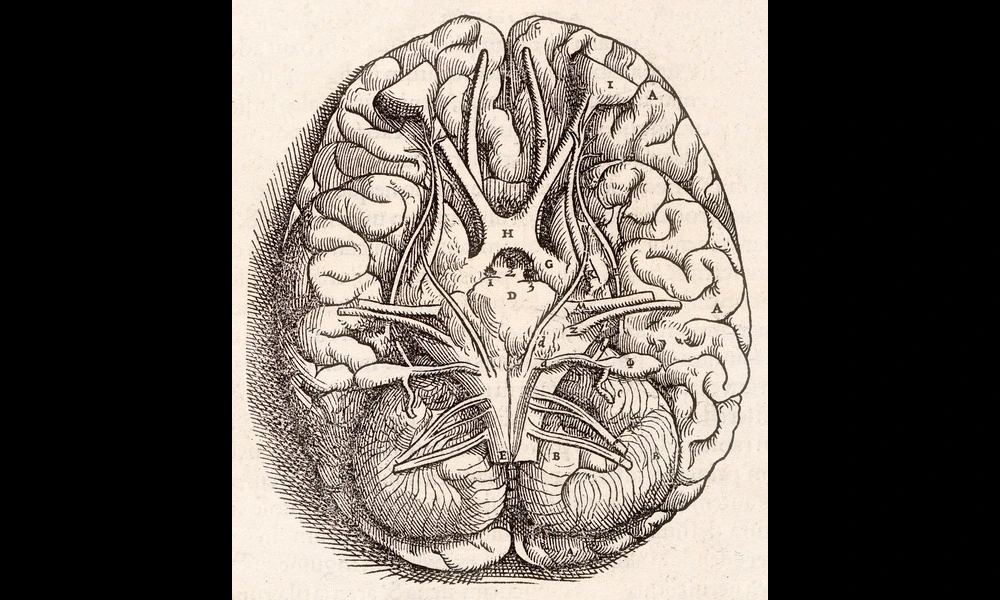Language Models as Biomedical Simulators
Published on Sun Jun 18 2023 Stethoscope on Laptop, Close-up | Jernej Furman on flickr
Stethoscope on Laptop, Close-up | Jernej Furman on flickrLarge language models (LLMs) have been found to be effective in a wide range of tasks by generating human-like language on a massive scale. Now, a team of researchers has discovered that these LLMs can also be used as simulators for biological systems, opening up new possibilities for biomedical research. The researchers developed a text-based simulator called SimulateGPT, which utilizes LLM reasoning without the need for explicit domain knowledge or manual tuning. Through extensive testing, they found that SimulateGPT demonstrated good prediction performance in various biomedical applications.
The SimulateGPT method applies stepwise simulation, employing a reasoning structure that enables simulation across multiple levels of biological organization. Initial tests showed that the method provided meaningful explanations and accurate scientific references to support its reasoning. In comparison to direct inference prompting, SimulateGPT showed superior performance in simulating complex biomedical scenarios and making outcome predictions.
The researchers also found that SimulateGPT performed well in classification and regression tasks across a diverse range of biomedical scenarios. This suggests that LLMs can be configured as highly efficient and explainable simulators that outperform models lacking the step-by-step simulation implemented in SimulateGPT. The method can be easily applied to various processes and applications in biology and medicine, allowing for exploration and prediction with minimal configuration.
Although GPT-4 was not specifically trained to operate as a scientific simulator, the results achieved in this study are impressive. The researchers propose ten components that will enable universal biomedical simulation using LLMs, including interactivity, knowledge augmentation, self-consistency, built-in mathematics and programming, and reverse simulation, among others. By incorporating these components, LLM-powered biological simulation can become a powerful tool in biology, medicine, and potentially other scientific fields.
In summary, the researchers have demonstrated that LLMs, such as GPT-4, can be utilized as universal and versatile simulators for biological processes. This new text-based simulation paradigm has the potential to greatly enhance our understanding of complex living systems that are difficult to describe using traditional physics-based simulations. By harnessing the power of LLMs, scientists can accelerate biomedical research and prediction capabilities in a wide range of applications. This groundbreaking research paves the way for AI-augmented research infrastructures that can revolutionize biology, medicine, and other scientific fields.



